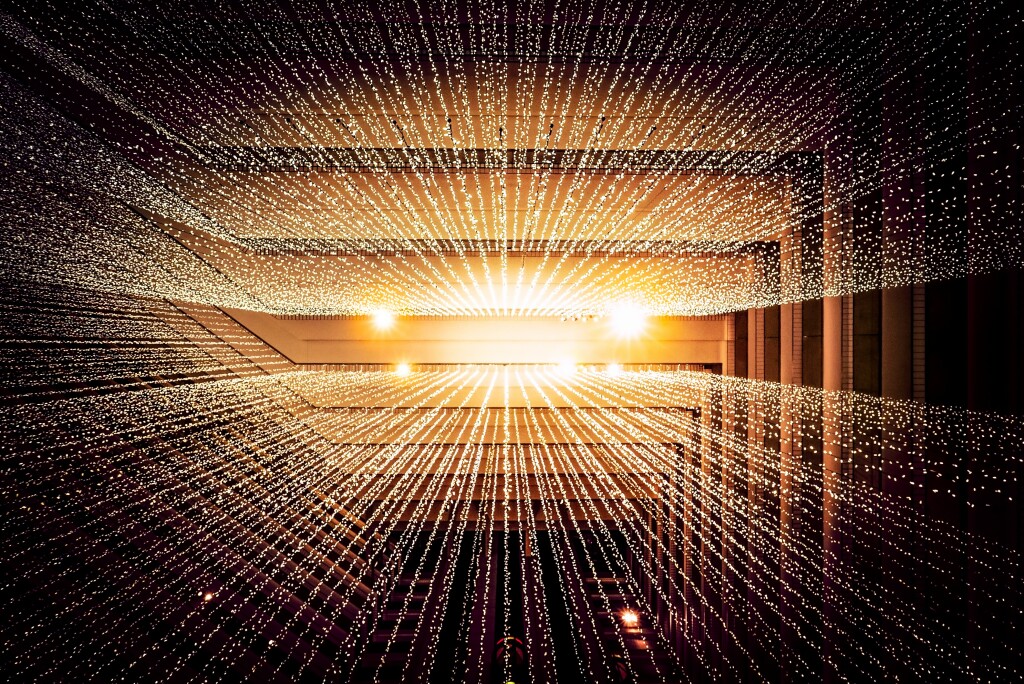We’ve been hearing a theme in technology news this year, and if it could be reduced to one word it would be: convergence. Technologies that used to be separated, disconnected or unrelated are coming together to accelerate both. Sometimes, it’s a case of one technology catching up to another, but in other cases, it’s that someone had the foresight to see how two tools could become more than the sum of their parts when joined towards a common goal.
For the 3D technology space, there have been some individual technologies - lidar, photogrammetry, VR - that have developed at their own pace, but recently have benefitted from the boost of other technologies. The three matchups below aren’t a comprehensive list, but they’re the ones we are certainly hearing more about more often these days.
Higher-resolution reality capture tools and Cloud processing advances
The pursuit of accuracy is ongoing, and with lidar sensors especially, we’re making huge strides in accuracy, consistency and positioning accuracy as well, through both advances in hardware and software. Tiny lidars that can be mounted on UAVs have improved their range and quality, and mobile mapping, bathymetry and other reality capture sensors are better than they’ve ever been. But this lead to a bit of a bottleneck that is just beginning to be relieved. What do you do with all that data, now that you’re generating terabytes instead of megabytes? The cloud has come to the rescue.
With cloud services such as Amazon Web Services (AWS) and others that are specifically designed for handling complex 3D data now online, the processing has moved away from the one high-powered computer back in the office to the cloud. The effect of this cannot be overstated. Users can analyze satellite data on demand from their own laptops, and scans of construction sites can be uploaded and shared with remote team members across the world. Cloud security and reliability has improved, as have the applications and software that are optimized to take advantage of it. Even talking about the cloud, now, seems like it’s old news, but offloading the 3D workload to distributed servers have made the data collected more powerful and - most importantly - more available to those who need it.
Digital Twins and IoT senors
It seems like only a few years ago we were discussing digital twins as an ‘idea’ more than a practical application. On that front, we’ve now seen myriad case studies that utilize digital twins, but we’re only beginning to tap their potential. In addition to the cloud processing advances from the last example, digital twins are getting help from rapid development of sensors that can feed into them. These “Internet of Things” or IoT sensors include several that take in 3D data, like lidar that can count people coming in and out of a building without the invasion of privacy that a camera might have in the same application.
The software to build digital twins, from companies like Bentley, Autodesk and more, have been advancing steadily in their abilities to take in data, but now there are more and more ways in which sensors can put data back in. The combination of digital twins with these IoT sensors, and the cloud handling the influx of real-time data can pave the way to developing truly “smart” cities. Combine that with the ability to make advanced simulations in platforms like NVIDIA’s Omniverse, and the possibilities open up dramatically. Want to model what happens to a city’s low elevation homes before a hurricane hits it? Or pre-calcuate wear and tear on pipes based on real-time data and physics? That reality isn’t far off.
Better visualization hardware and Faster internet speeds/5G
After a slow initial start, the development of VR and AR hardware for enterprise use seems to be catching up. Not just for gaming, headsets like the Microsoft Hololens or human-eye-resolution headsets from Varjo have the potential to transform the way we work in 3D. Why create a 3D model and look at it on a 2D screen when you can get a more realistic sense by stepping inside of it? The Hololens 2 has been leveraged for everything from automobile design to bridge inspections, and advancing collaboration technologies are coming soon too. Virtual and Augmented Reality headsets have high demand on streaming, however. So the pairing that was necessary was an additional leap in internet speed and streaming technology. Thanks to fiber and other innovations, our internet pipes are getting wider, but smarter, too. The ability for 5G to prioritize traffic and optimize streaming data in the process is key for making VR more accessible. These changes already have people thinking about the future of collaboration, especially in 3D.
We’re rapidly approaching the point where we can’t really talk about these technologies in isolation.
What other intersections lay ahead?






